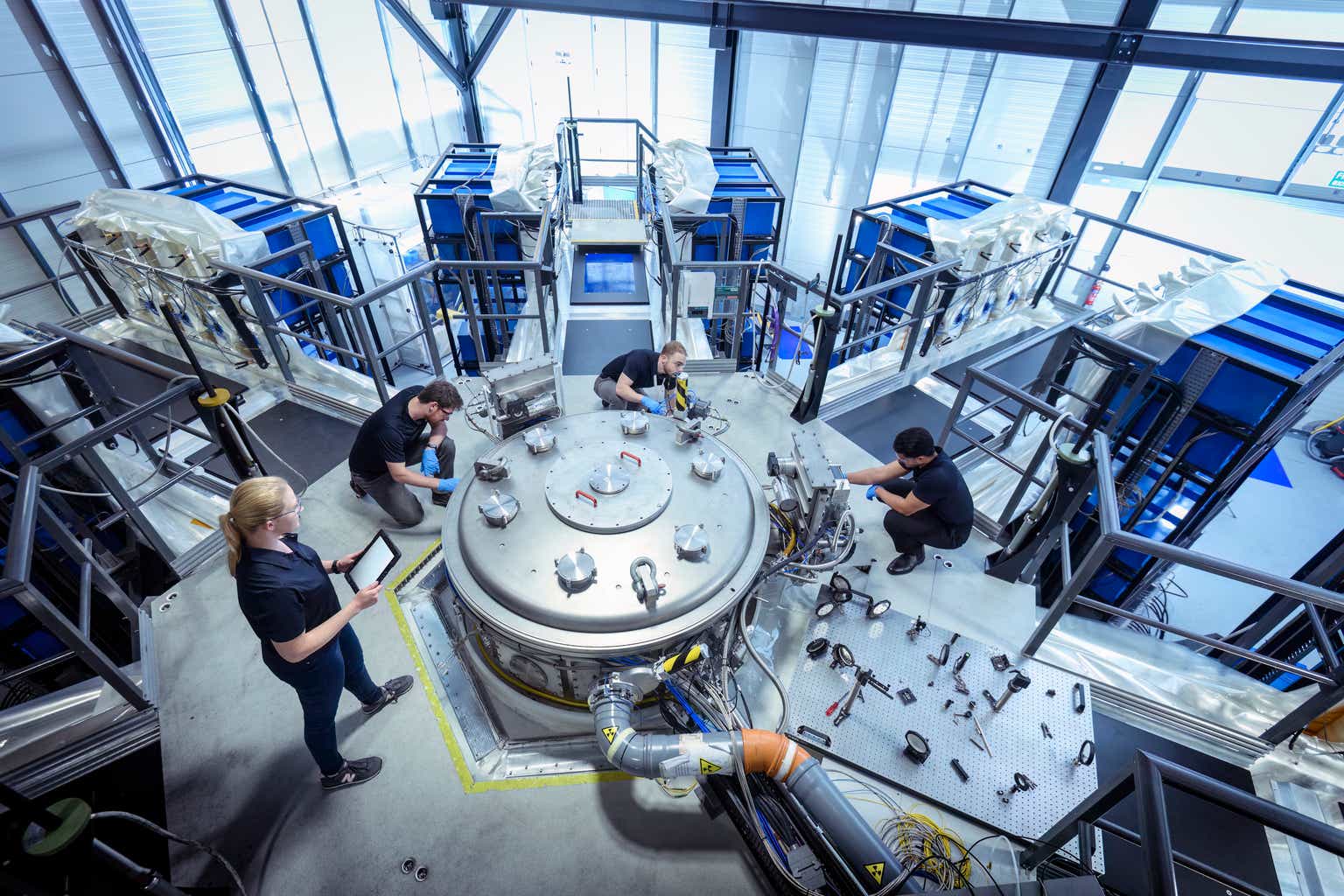Revolutionizing Diabetes Care: New Technologies Expand Access & Raise Standards

The landscape of diabetes management is undergoing a dramatic transformation, fueled by groundbreaking technological advancements. What was once primarily focused on Type 1 diabetes is now expanding to encompass a wider range of patients, including those with Type 2 diabetes and even individuals without a formal diagnosis of diabetes. This evolution is not just about new gadgets; it represents a fundamental shift in how we approach prevention, monitoring, and treatment, ultimately aiming for improved health outcomes and a higher quality of life.
Automated Insulin Delivery (AID) for Type 2 Diabetes: A Game Changer
Historically, automated insulin delivery systems – often referred to as “artificial pancreas” – were largely reserved for individuals with Type 1 diabetes. However, recent innovations have broadened their applicability to those with Type 2 diabetes, particularly those struggling to manage their blood sugar levels with traditional methods. These systems utilize continuous glucose monitoring (CGM) and insulin pumps to automatically adjust insulin delivery based on real-time glucose readings, reducing the burden of constant manual adjustments and minimizing the risk of dangerous highs and lows. The impact on Type 2 patients can be profound, improving glycemic control, reducing the need for multiple daily injections, and enhancing overall well-being.
Continuous Glucose Monitoring (CGM) Beyond Diabetes: A Proactive Health Tool
The benefits of continuous glucose monitoring extend beyond the traditional diabetic population. Emerging research suggests that CGM can be a valuable tool for individuals without diabetes who are interested in optimizing their health and understanding how lifestyle factors – such as diet, exercise, and sleep – affect their glucose levels. By tracking glucose trends, these individuals can gain insights into their metabolic responses and make informed decisions to improve their overall health and potentially prevent the development of diabetes in the future. This represents a preventative approach, moving beyond reactive treatment to proactive well-being.
Raising the Standard of Care for Type 1 Diabetes
While diabetes technology has made significant strides, the standard of care for individuals with Type 1 diabetes continues to evolve. Advancements in insulin pump technology, CGM accuracy, and data analytics are driving a push for more personalized and precise treatment regimens. Healthcare providers are increasingly emphasizing the importance of integrating technology into diabetes management plans and empowering patients to take an active role in their own care. Furthermore, the focus is shifting towards minimizing the long-term complications of diabetes through proactive monitoring and intervention.
The Future of Diabetes Technology: A Connected and Personalized Approach
The future of diabetes technology promises even greater integration and personalization. We can expect to see further advancements in closed-loop systems, improved data analytics capabilities, and increased connectivity between devices and healthcare providers. Artificial intelligence (AI) and machine learning are poised to play a crucial role in predicting glucose trends, personalizing insulin delivery, and providing tailored recommendations for lifestyle modifications. Ultimately, the goal is to create a seamless and intuitive system that empowers individuals to live healthier, more fulfilling lives, regardless of their diabetes status.
The ongoing evolution of diabetes technology signifies a new era of care, characterized by increased accessibility, improved outcomes, and a greater focus on patient empowerment. As technology continues to advance, we can anticipate a future where diabetes management is more personalized, proactive, and ultimately, more effective.






